Following a recipe is essential, especially when it comes to baking temperatures. The temperatures suggested in a recipe are often tried and tested to ensure the perfect consistency. However, not all ovens behave the same. Some have hotspots, some take longer to reach temperature. Furthermore, if you have amended a recipe, created your own or are trying out something new, your cake may not turn out as expected.
This guide will help you understand the dos and don'ts of cake baking temperatures. We highly recommend using our famous Hero Sponge recipe - it's the same one we use in our bakery as it is the simplest and most consistent recipe there is.

Cake Baking Temperature Key Considerations
Fan-Assisted vs. Non-Fan-Assisted Ovens
Check if the temperature in the recipe is for a fan-assisted or non-fan-assisted oven. Fan-assisted ovens cook faster, so you may need to reduce the temperature by around 10% and monitor the baking process closely to ensure the perfect result.
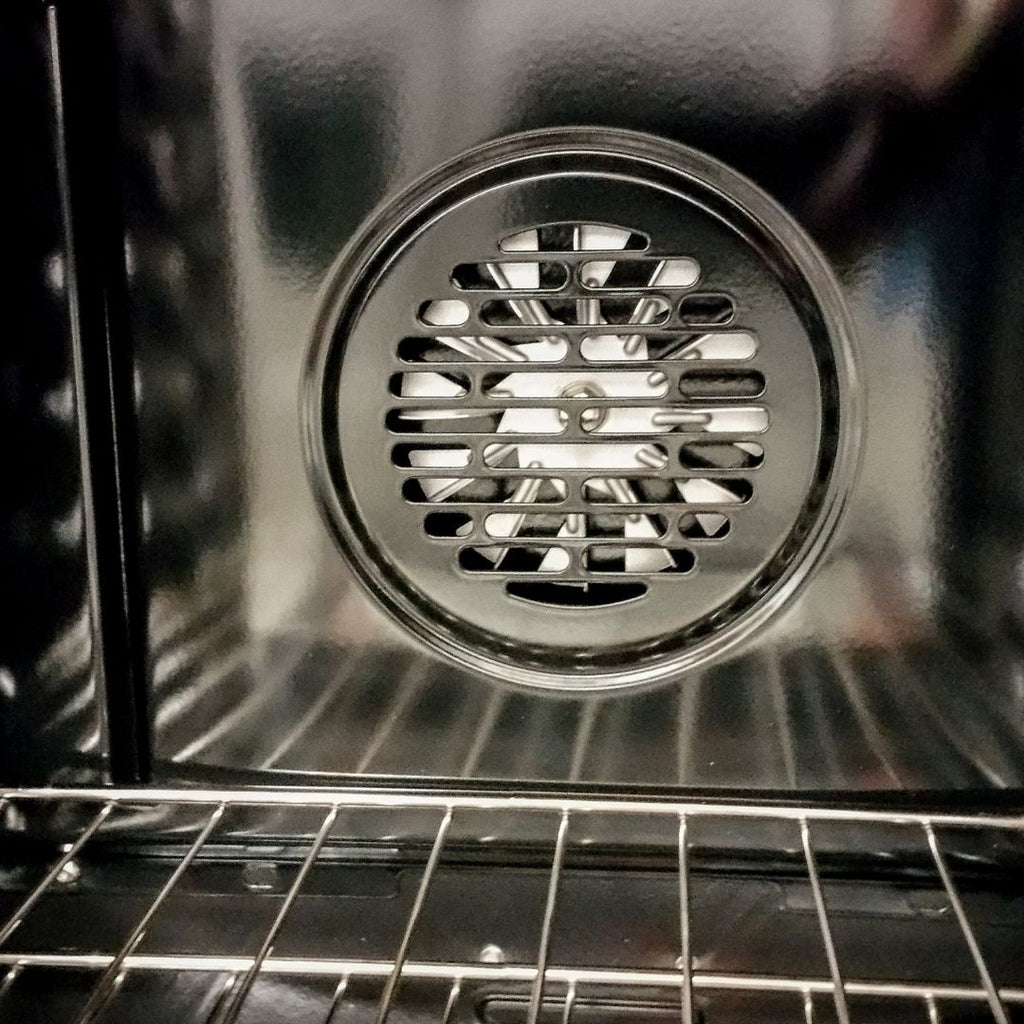
Fan-assisted ovens have a fan at the back to help distribute the heat around the oven.
Accurate Temperature Measurement
Oven temperature dials may not always be reliable as it may not accurately reflect the actual temperature inside. If you think your oven temperature dial is lying to you you don't have to replace your oven! Invest in an oven thermometer instead to ensure a precise temperature reading, helping your cakes turn out perfect every time.
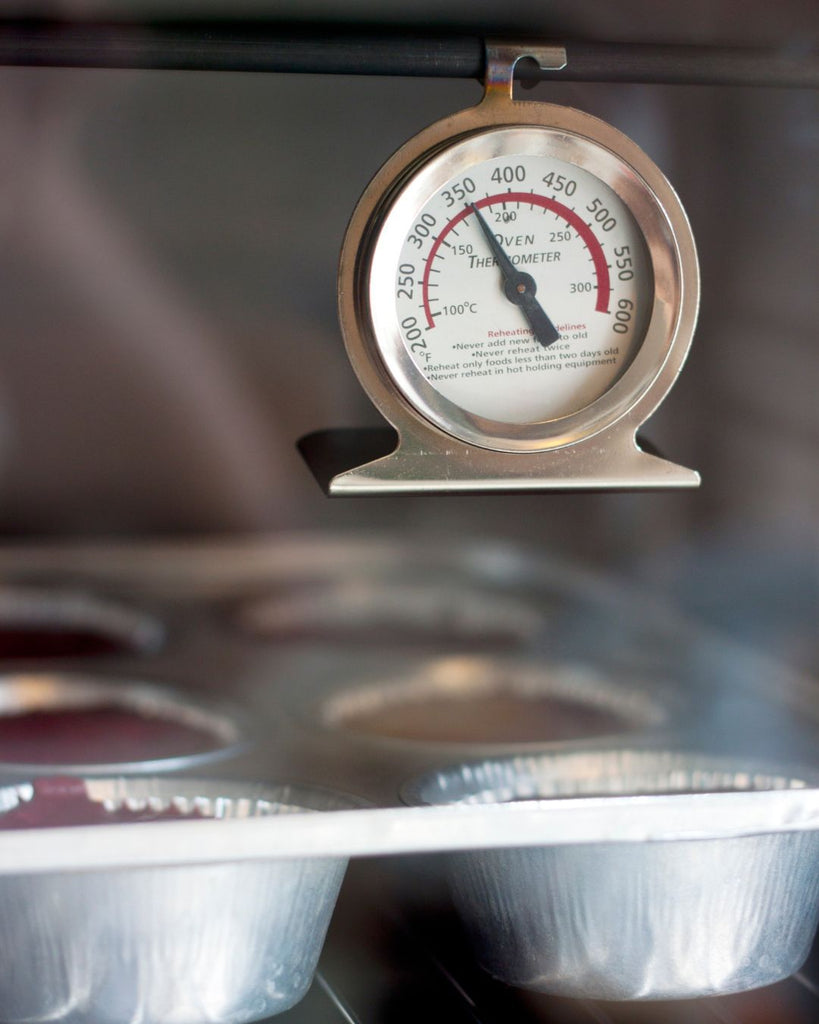
Understanding the Importance of Temperature
Baking temperature can significantly impact the texture and appearance of your cake. For a crunchy crust and a golden hue, opt for higher temperatures. For a soft, fluffy sponge with an even rise, use lower temperatures. This knowledge can help you adjust recipes according to your preferences.
Considering Cake Size
Different cake sizes require varying baking temperatures and cooking times. For example, a large cake will need different baking times and temperature compared to the same mixture used for miniature cupcakes. This is especially important if you're attempting to adapt and scale recipes up or down.
Choosing the Right Tin
Baking temperature and time also depend on the size, shape and material of the tin. Keep this in mind when determining the appropriate temperature for your cake. Thicker tins, for instance, may require a slightly higher temperature or bake for longer. Silicon bakeware may need temperatures lowered or shortened bake time.
Accounting for Fat Content
The fat content in cake recipes affects cooking time. Cakes with lower fat typically need more time at a lower temperature. Consider your desired end result: for a moist cake, keep the temperature lower, while for bakes where you want to remove moisture, such as biscuits and cookies, opt for higher temperatures to encourage evaporation.
Consider Raising Agents
Some raising agents only activate at specific temperatures. If your cakes don't reach that temperature, they won't rise, resulting in a flat cake.
Be Cautious with High-Egg Recipes
Since eggs are rich in protein, using many eggs in a recipe requires avoiding overly high temperatures to prevent a rubbery texture.
Test Cake Doneness
Use a metal skewer or cocktail stick to check if your cake is cooked at the right temperature and duration. Insert the skewer into the cake's centre and remove it. If it comes out clean, your cake is done. If it has uncooked batter on it, continue baking and reconsider the timings and baking temperature for future attempts.

Cake Baking Temperature Guide
Use this guide as a starting point for various cake types and their baking temperatures:
|
Cake type |
Time to cook (minutes) |
Temperature (°C) |
|
Cupcake |
15-25 |
160 |
|
Sponge Layer Cake (6"-10") |
20-40 |
160-180 |
|
Loaf |
45-60+ |
180 |
|
Traybake |
30-45 |
160 |
Remember, these are general guidelines, and specific recipes may require adjustments. Always follow the recipe's recommendations and use your judgement to achieve the perfect cake.
If you'd like to take the guess-work out of baking, use our Hero Sponge Recipe, the one recipe that hundreds of bakers swear by.
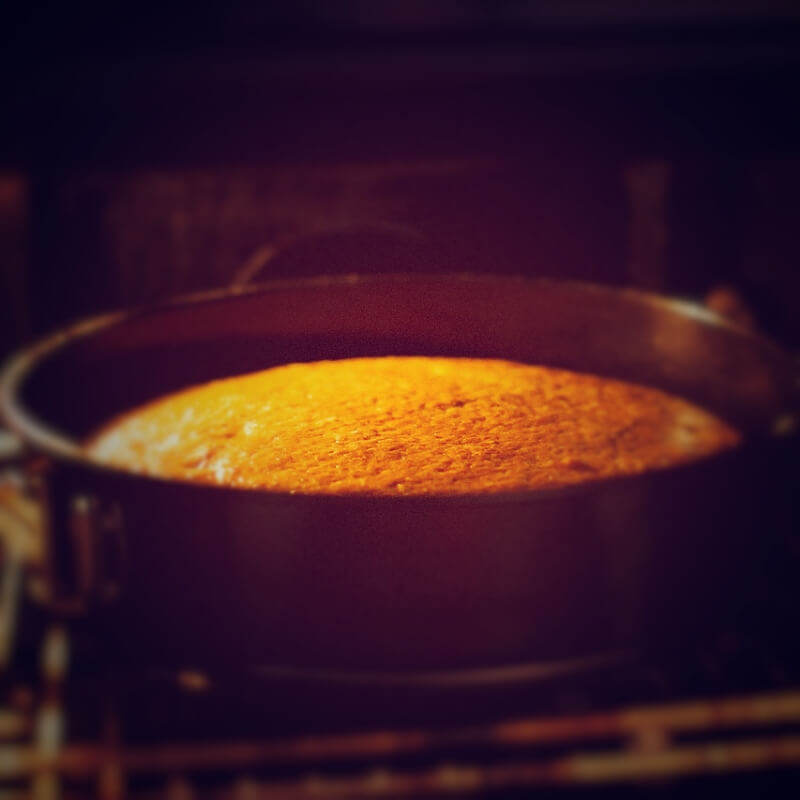



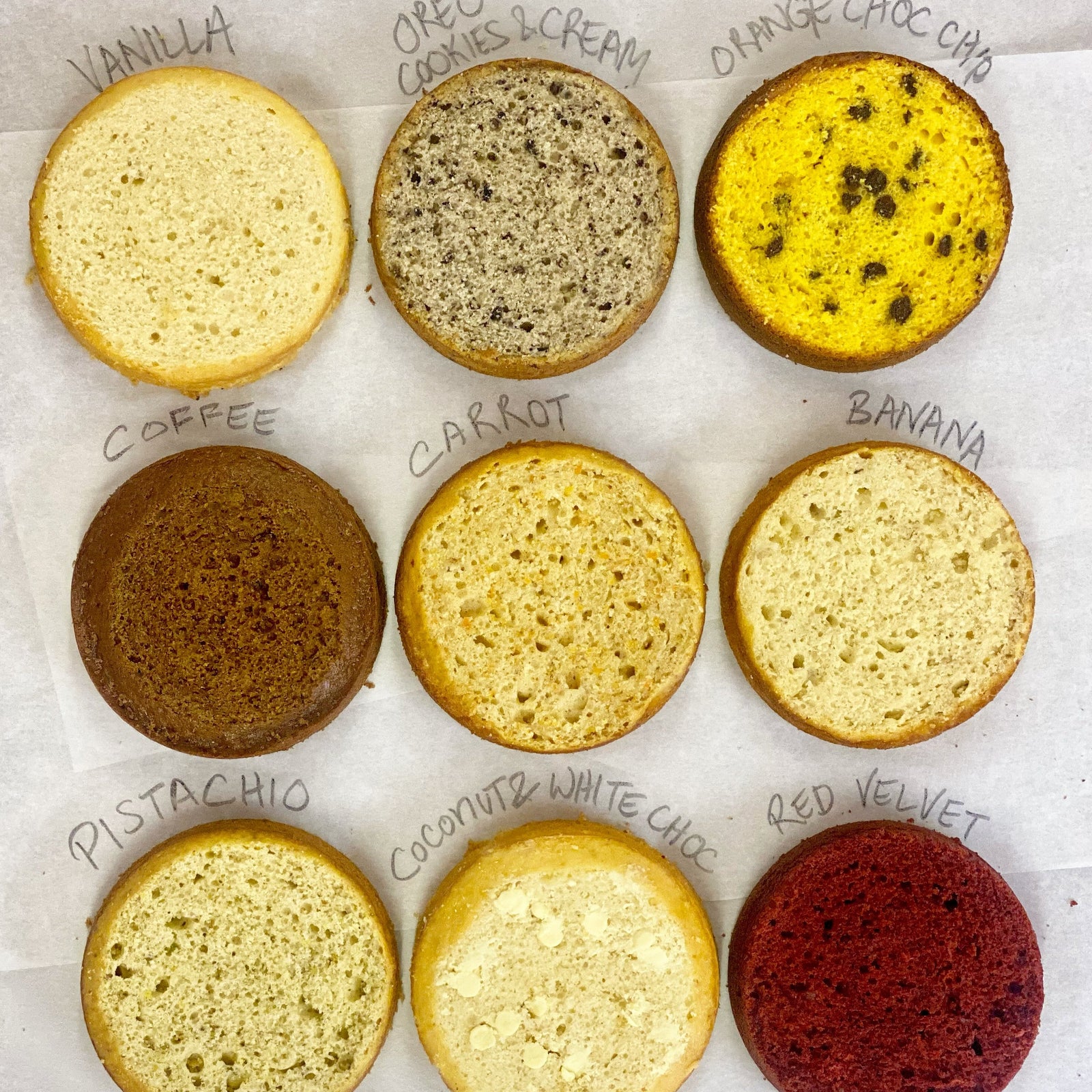
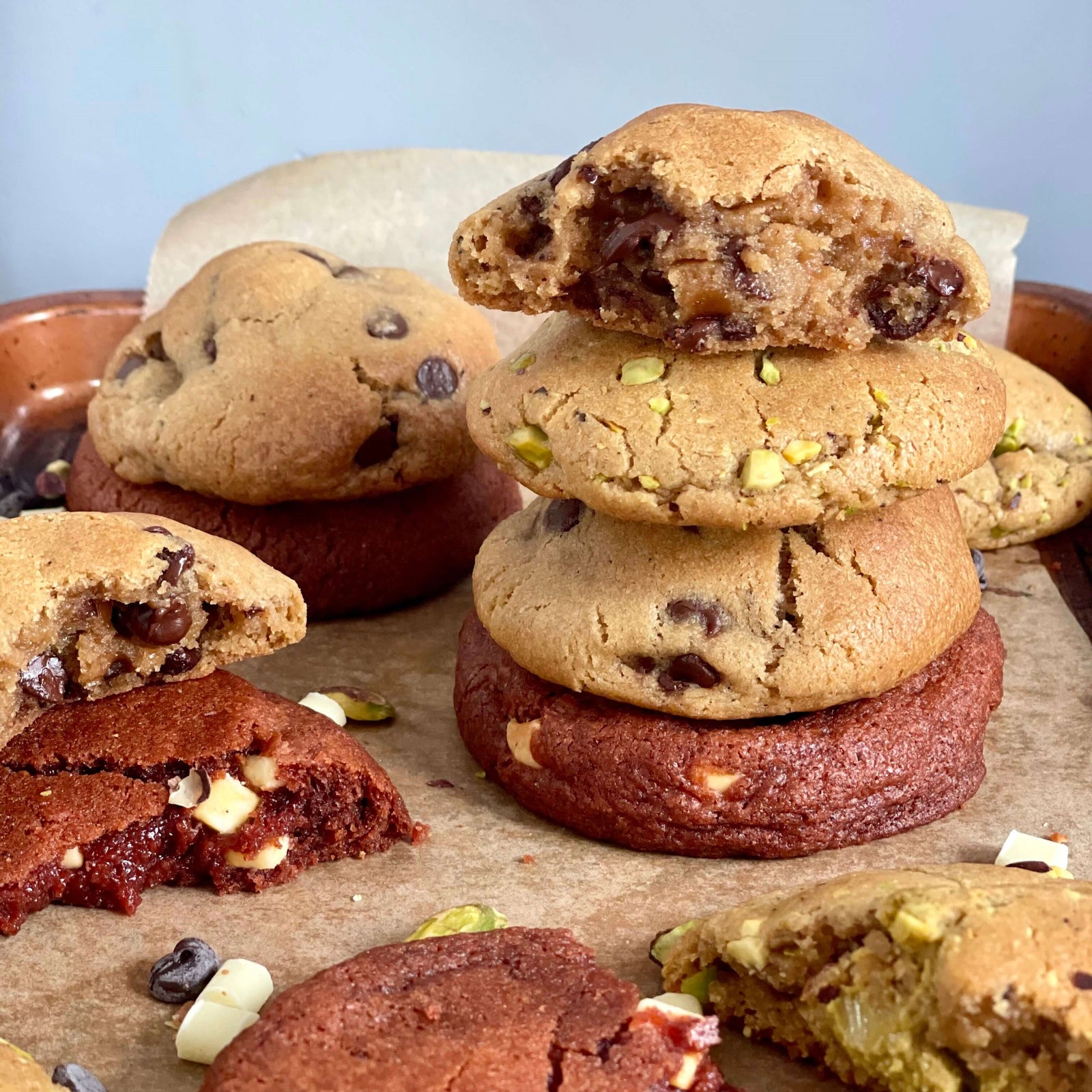
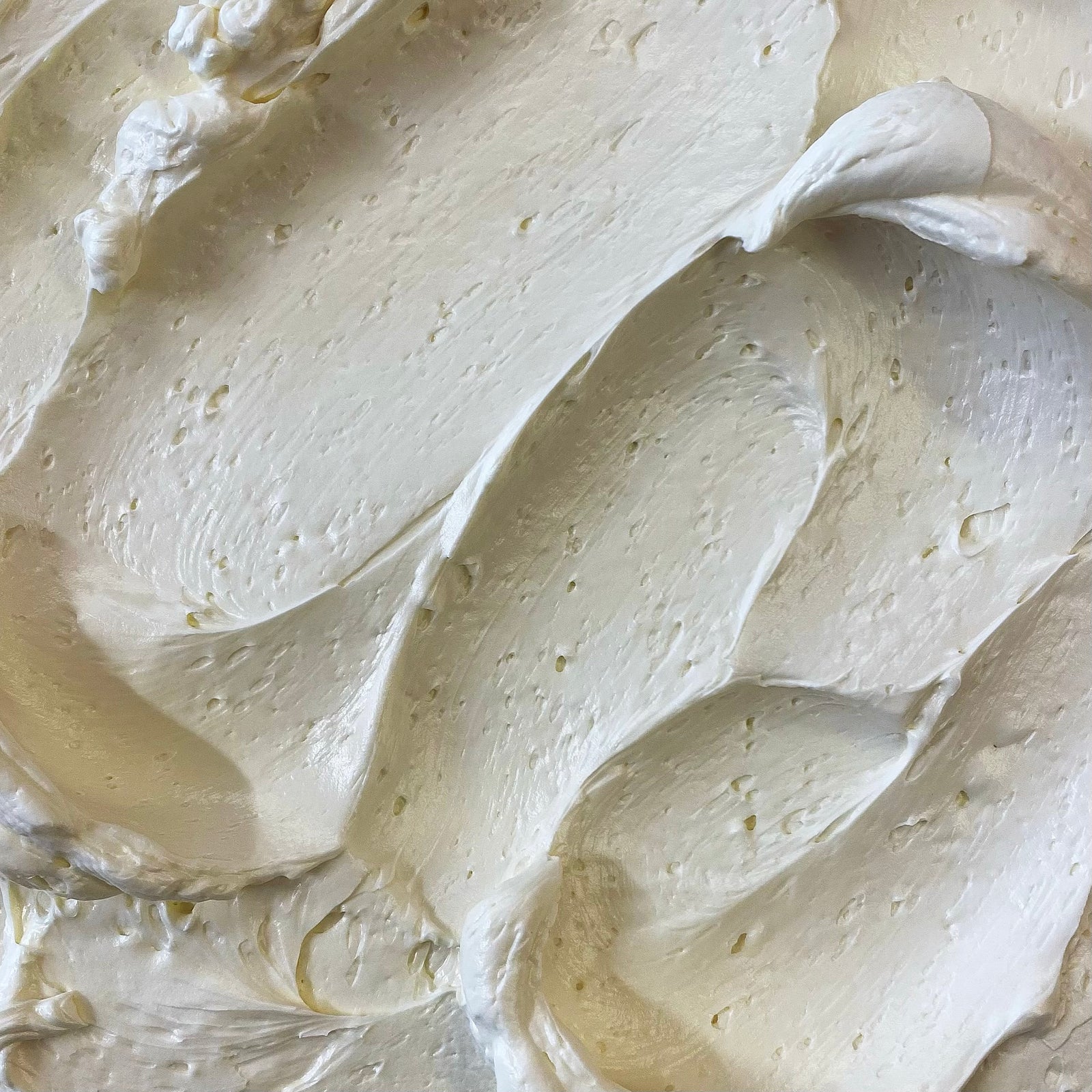
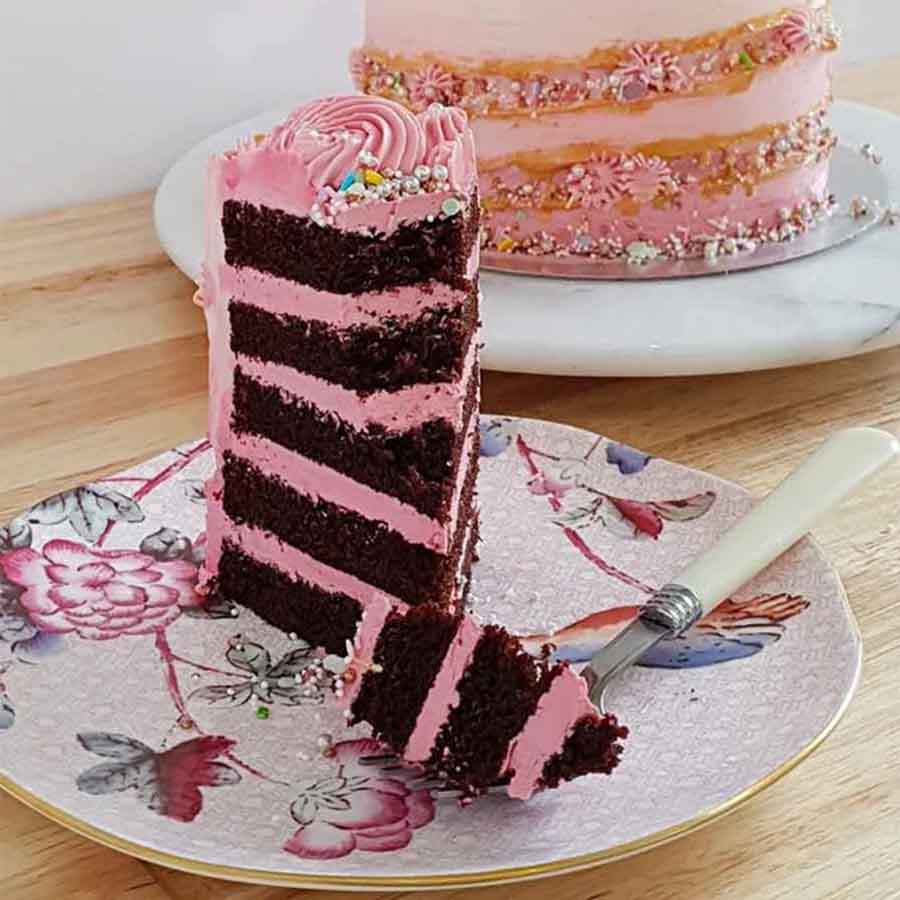
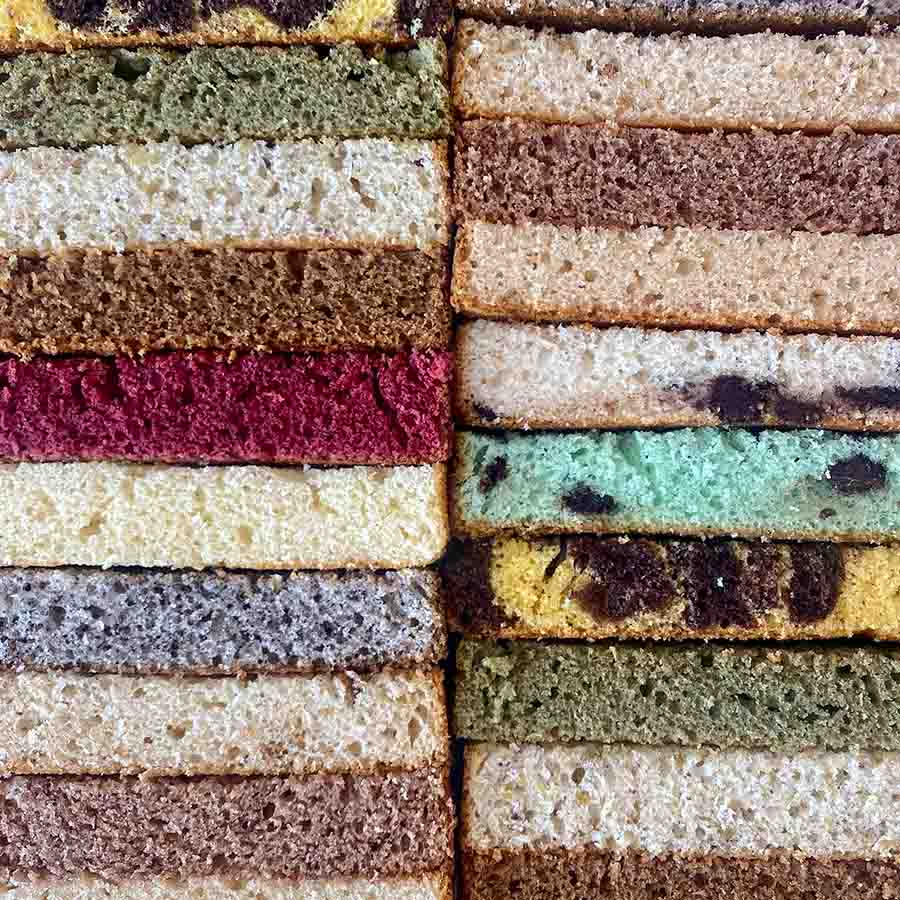
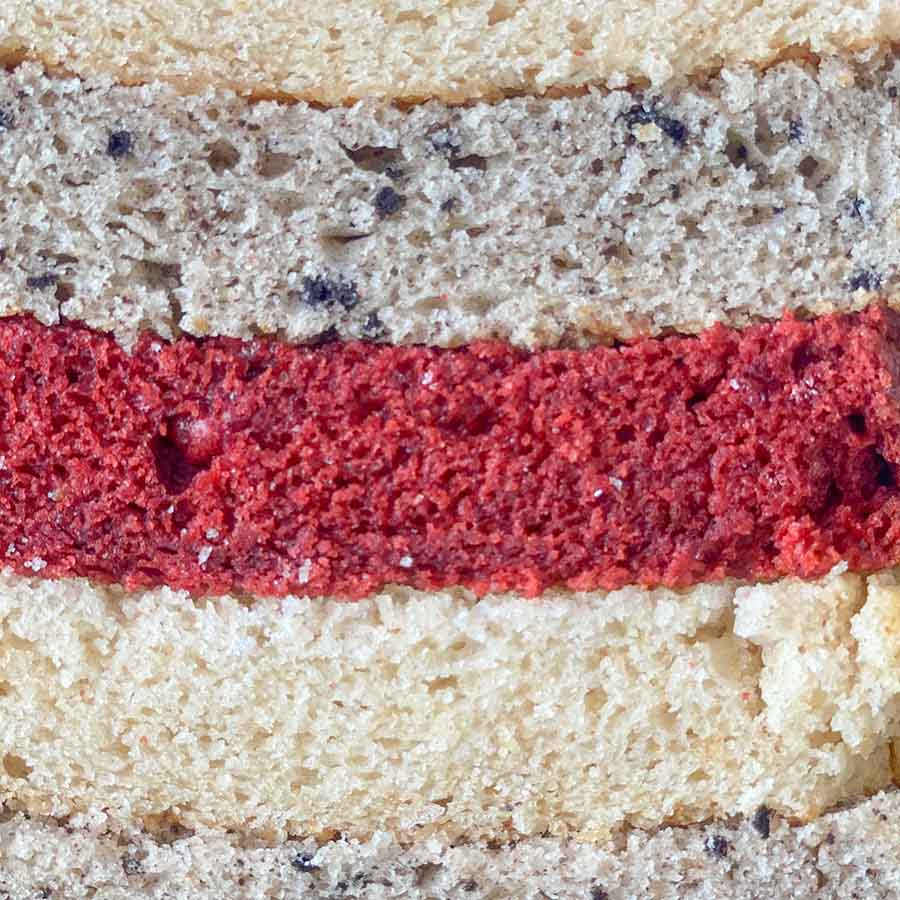
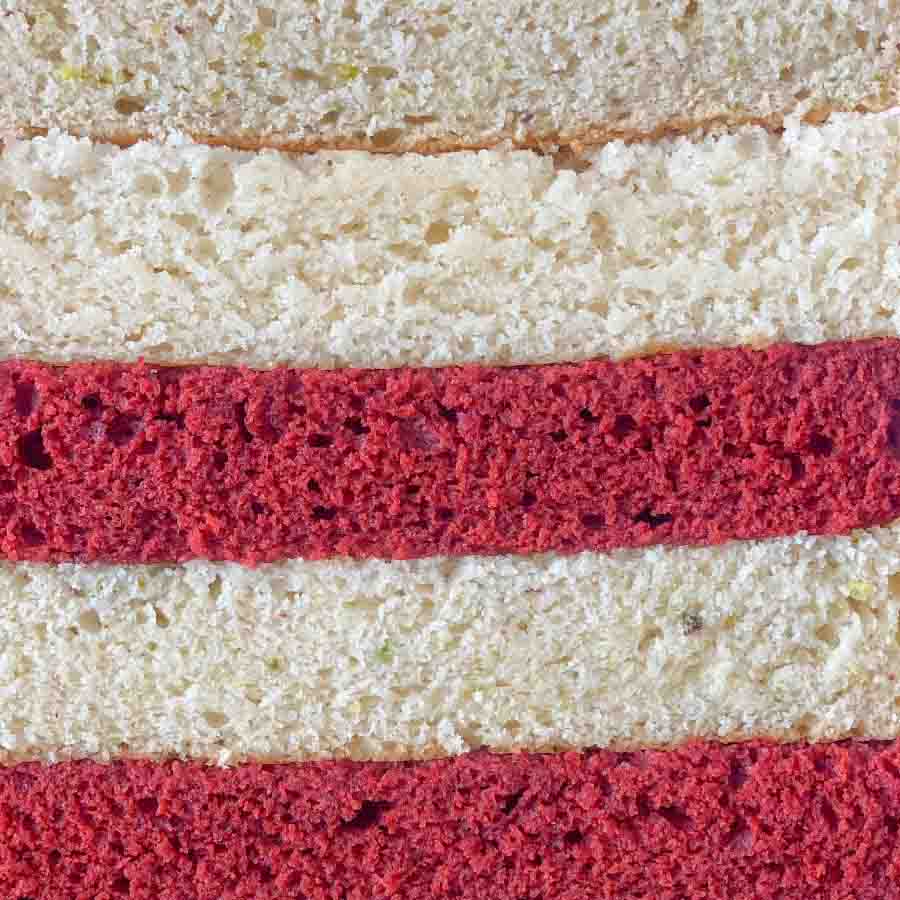
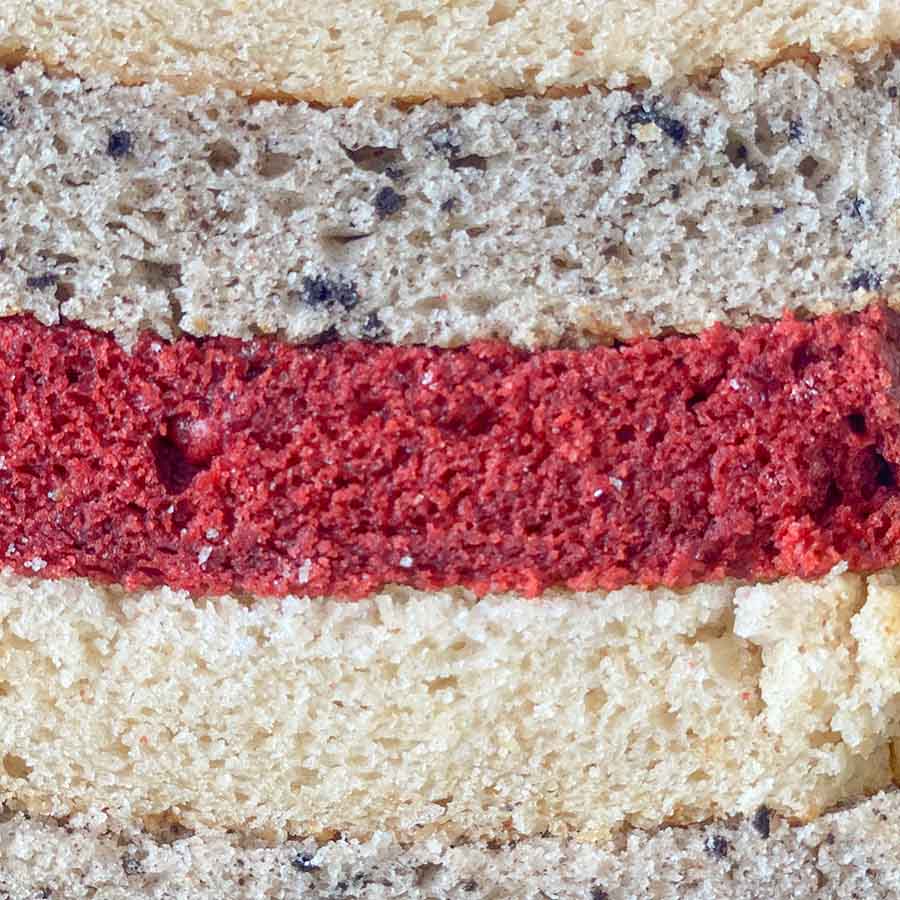
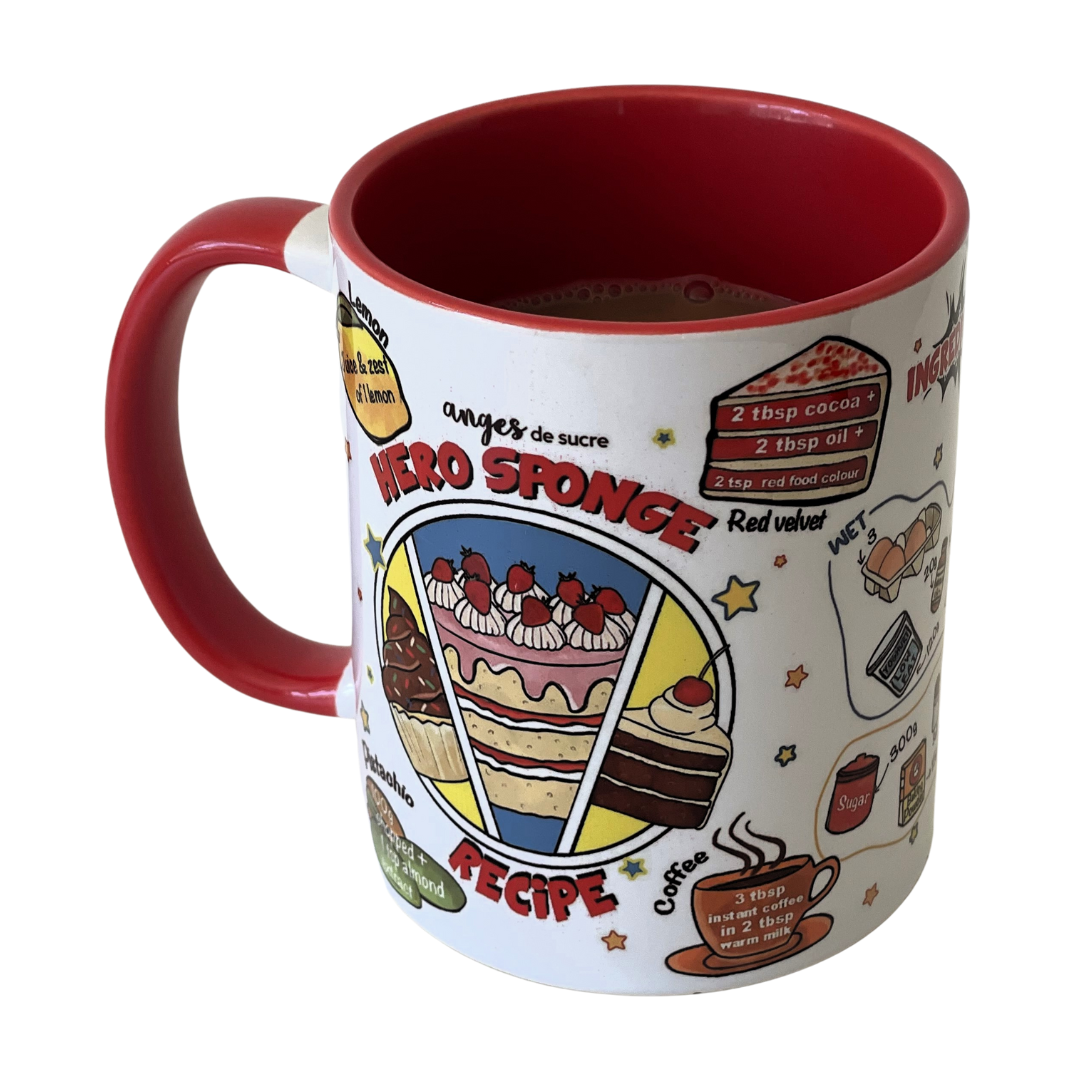
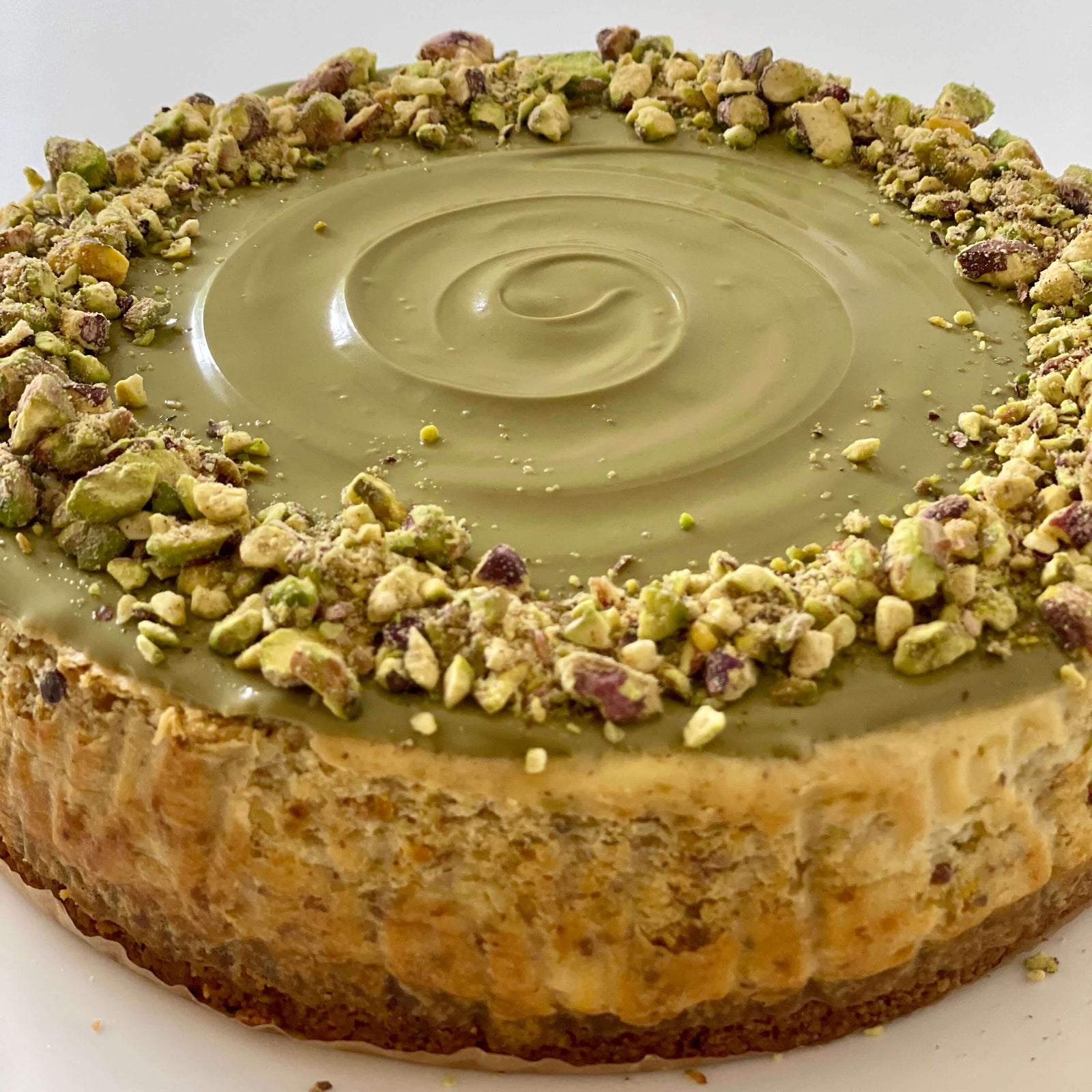
Mrudula
May 12, 2023
proper baking time n temperature for granola breakfast cereal.